Guide How to Babysitting For First Time Parents: How To Babysit?
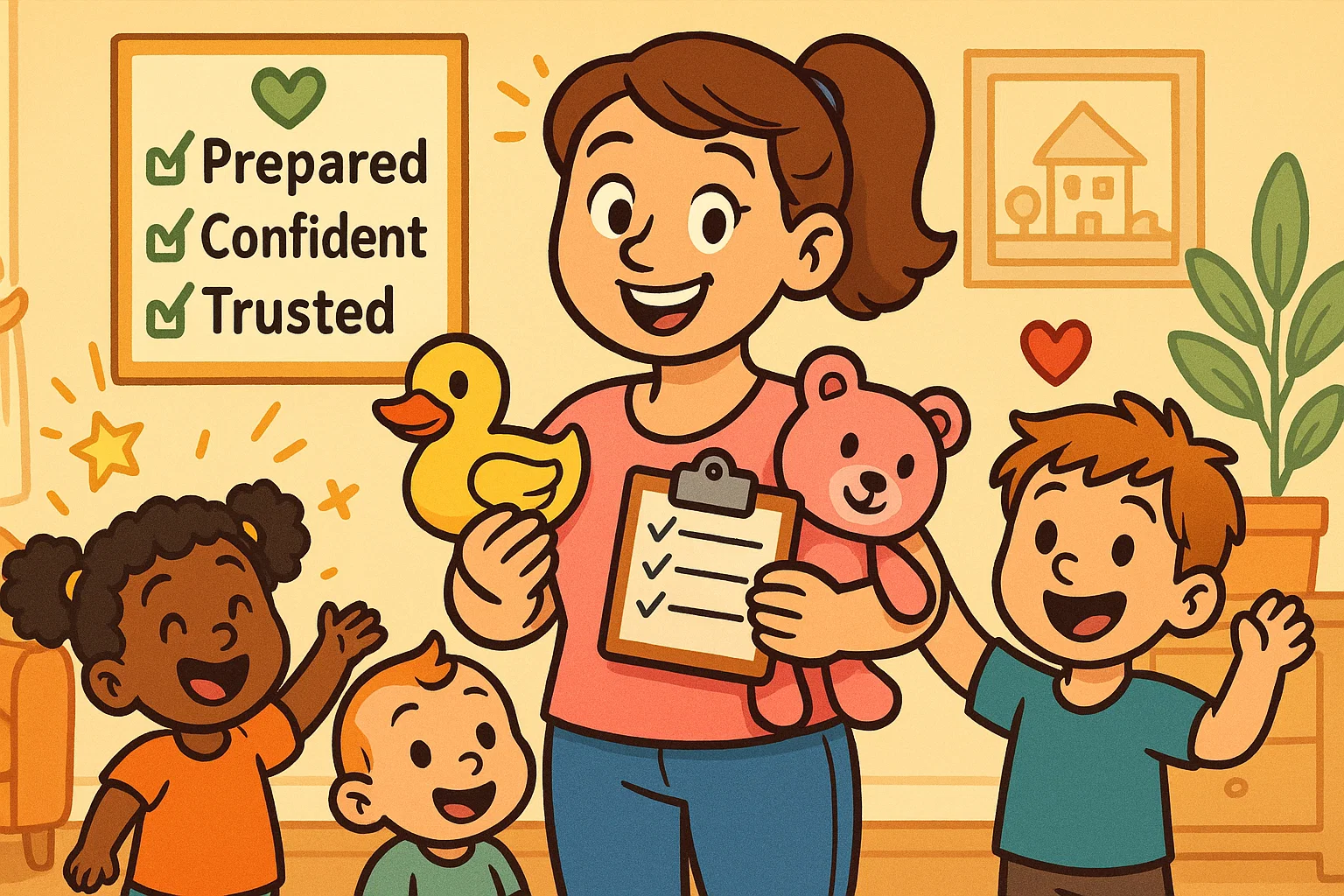
Whether you’re taking on your first time babysitting or looking to refine your childcare skills, these practical tips will help you provide safe, engaging care that parents can trust. Effective babysitting requires more than just watching children — it demands preparation, clear communication, and the ability to handle unexpected situations with confidence. By following these guidelines, you’ll create positive experiences for both children and their families while building your reputation as a reliable babysitter.
1. Clarify Duties with Parents Before Starting
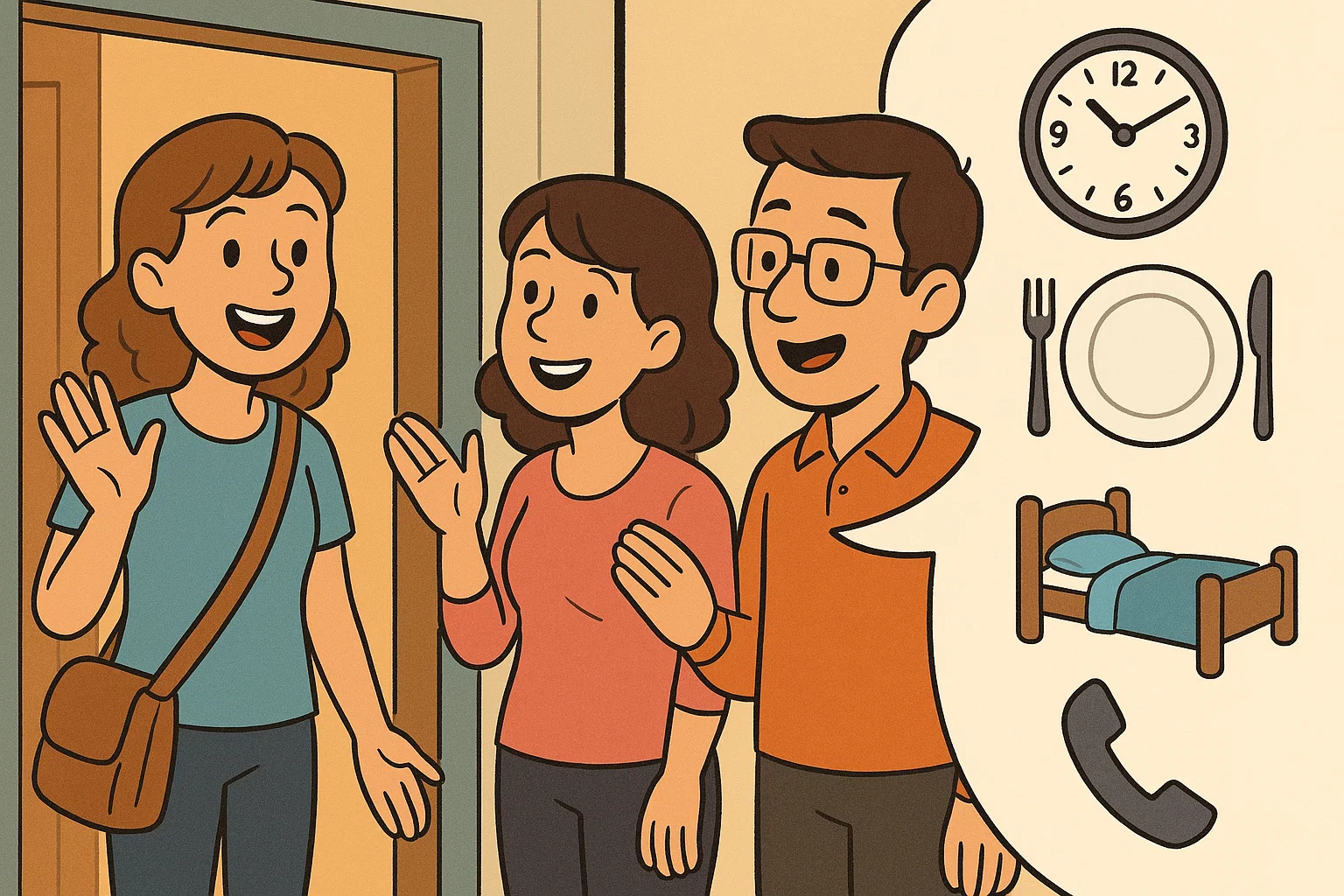
Establishing clear expectations upfront prevents misunderstandings and allows you to approach each babysitting situation with confidence from the moment parents leave.
Discuss house rules and routines
Before parents head out, ask them to walk you through the child’s typical routine and any specific rules they follow. This includes bedtime rituals, meal preferences, screen time limits, and which areas of the house are off-limits. According to the American Academy of Pediatrics, consistent routines ensure children feel secure and behave better with caregivers.
Make sure you know:
- Regular meal and snack times
- Bedtime rituals and sleep patterns
- Approved activities and entertainment (including TV time limits)
- The discipline methods the parents use
- Any behavioral triggers to watch for
Confirm emergency contacts and allergies
Safety should always be your top priority when you’re babysitting. Create a comprehensive emergency contact list that includes parents’ mobile numbers, nearby relatives, the family doctor, and local emergency services. Keep this information easily accessible throughout your time with the child.
| Emergency Information | Details to Collect |
| Parents’ contacts | Mobile numbers, work phones, and location |
| Medical information | Allergies, medications, conditions |
| Backup contacts | Grandparents, neighbors, family friends |
| Professional contacts | Pediatrician, poison control center |
Document any food allergies, medication schedules, or medical conditions that might require immediate attention. Even seemingly minor allergies can become serious situations if not properly managed.
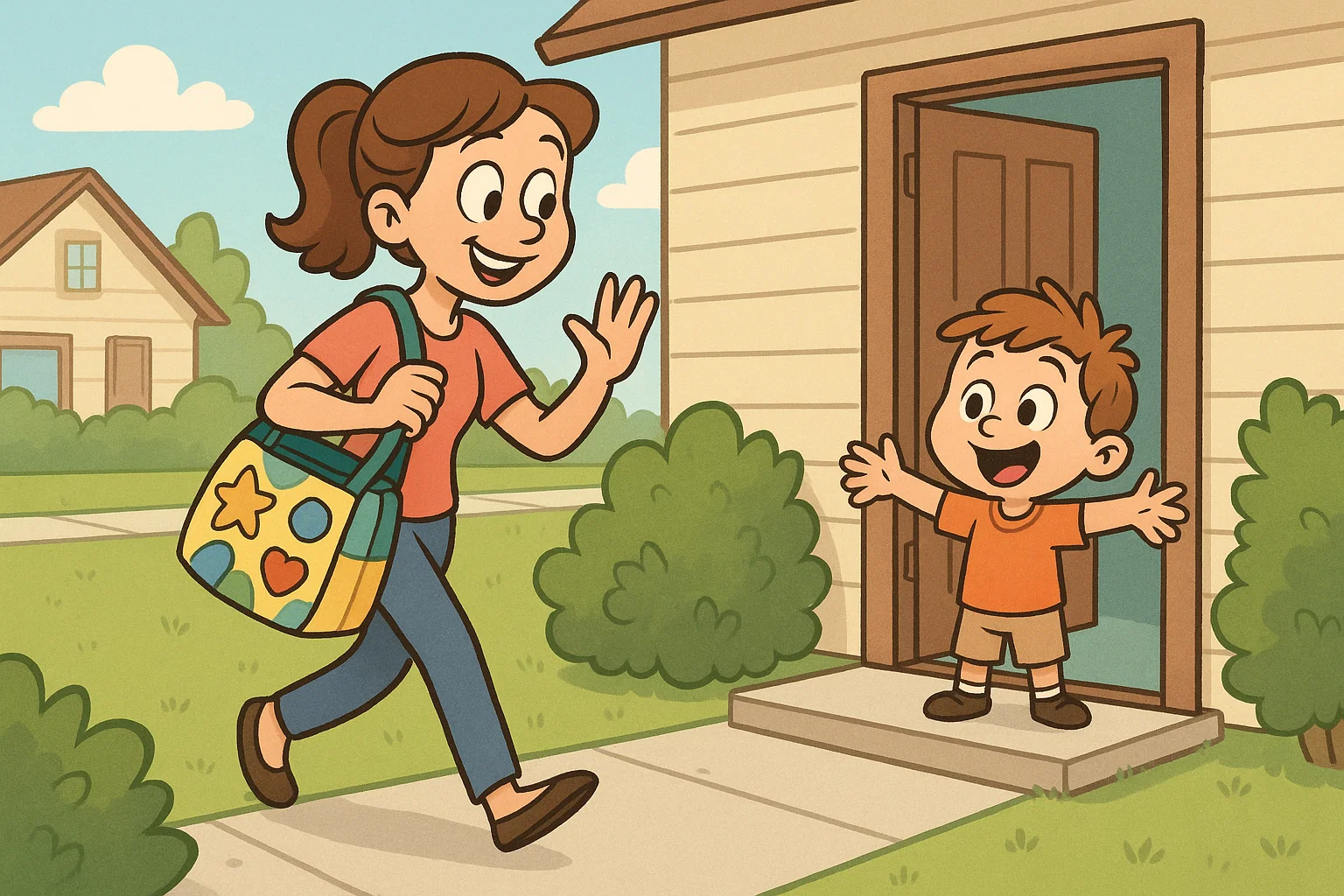
2. Arrive on Time and Ready
Punctuality demonstrates professionalism and creates a stable environment for the kid you’re watching. Being well-prepared also shows parents that you take the responsibility seriously.
Bring supplies for activities or calm-down time
Pack a small bag with age-appropriate games that can entertain children or provide comfort during difficult moments. Consider bringing coloring books, small puzzles, stickers, or a favorite book to read together. These items can be beneficial if the child becomes upset or bored with their usual toys.
Your babysitting checklist might include:
- Quiet games like coloring supplies or small puzzles
- Interactive entertainment suitable for the child’s age
- Comfort items like soft toys or blankets
- Basic first aid supplies
Wear practical clothing for play
Choose comfortable, child-friendly clothing that allows you to move freely and participate in play. Don’t wear anything too delicate or restrictive, as you may need to sit on the floor, chase toddlers, or handle messy situations. Closed-toe shoes are generally safer when supervising active children.
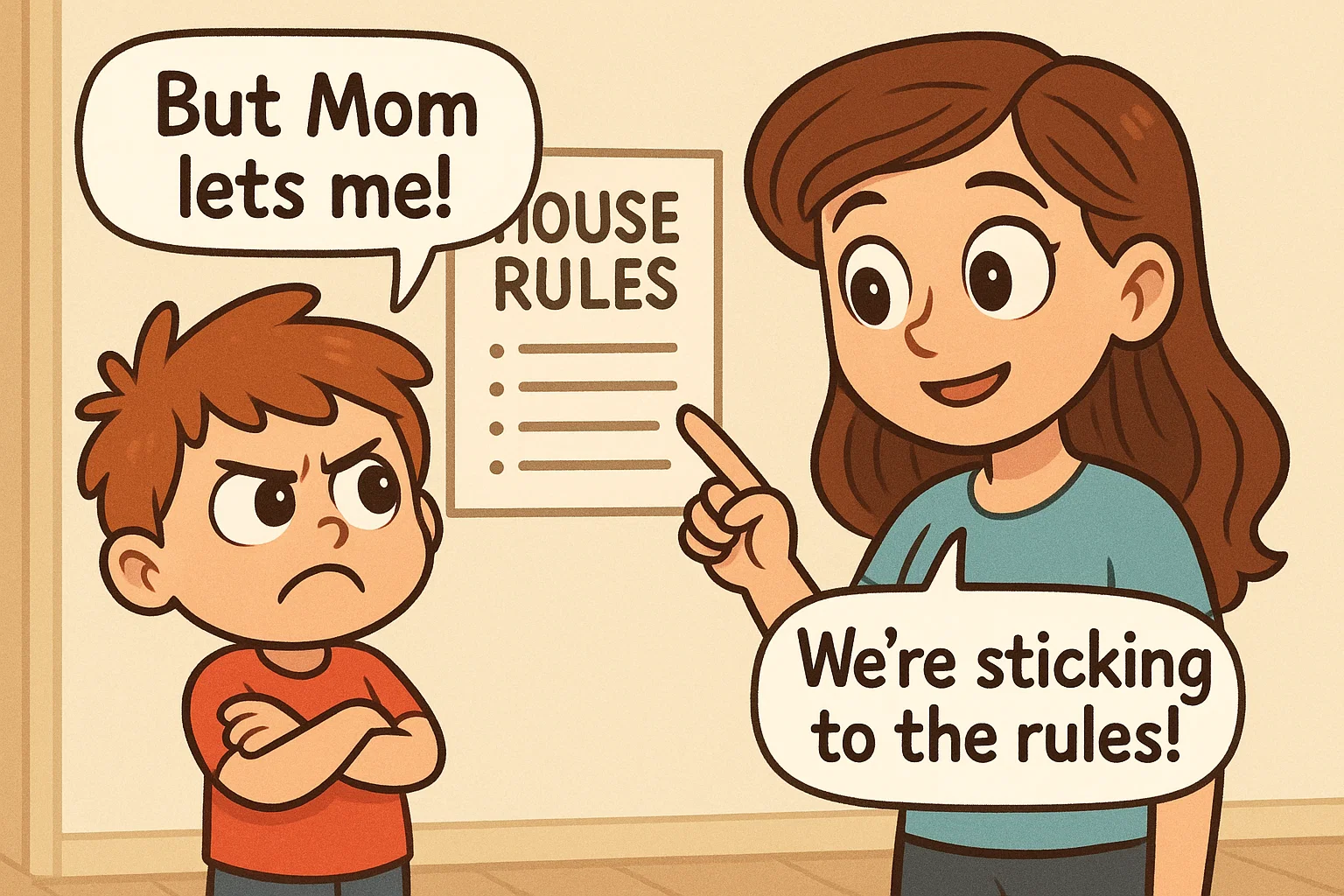
3. Set Clear Boundaries Early
Establishing consistent rules from the beginning prevents behavioral issues and creates a structured environment where children feel secure.
Enforce family rules consistently
Children test boundaries, especially with new caregivers. Stay firm but kind when reinforcing the rules parents have established. If a child says, “Mom, let me do this,” calmly explain that you’re following the instructions you received. Consistency in rule enforcement builds respect for your authority as the person in charge.
Explain consequences calmly
When addressing challenging behavior, don’t raise your voice or make threats. Instead, use calm, clear language to explain why certain actions aren’t allowed and what will happen if the behavior continues. This approach builds understanding between choices and outcomes while maintaining a positive relationship.
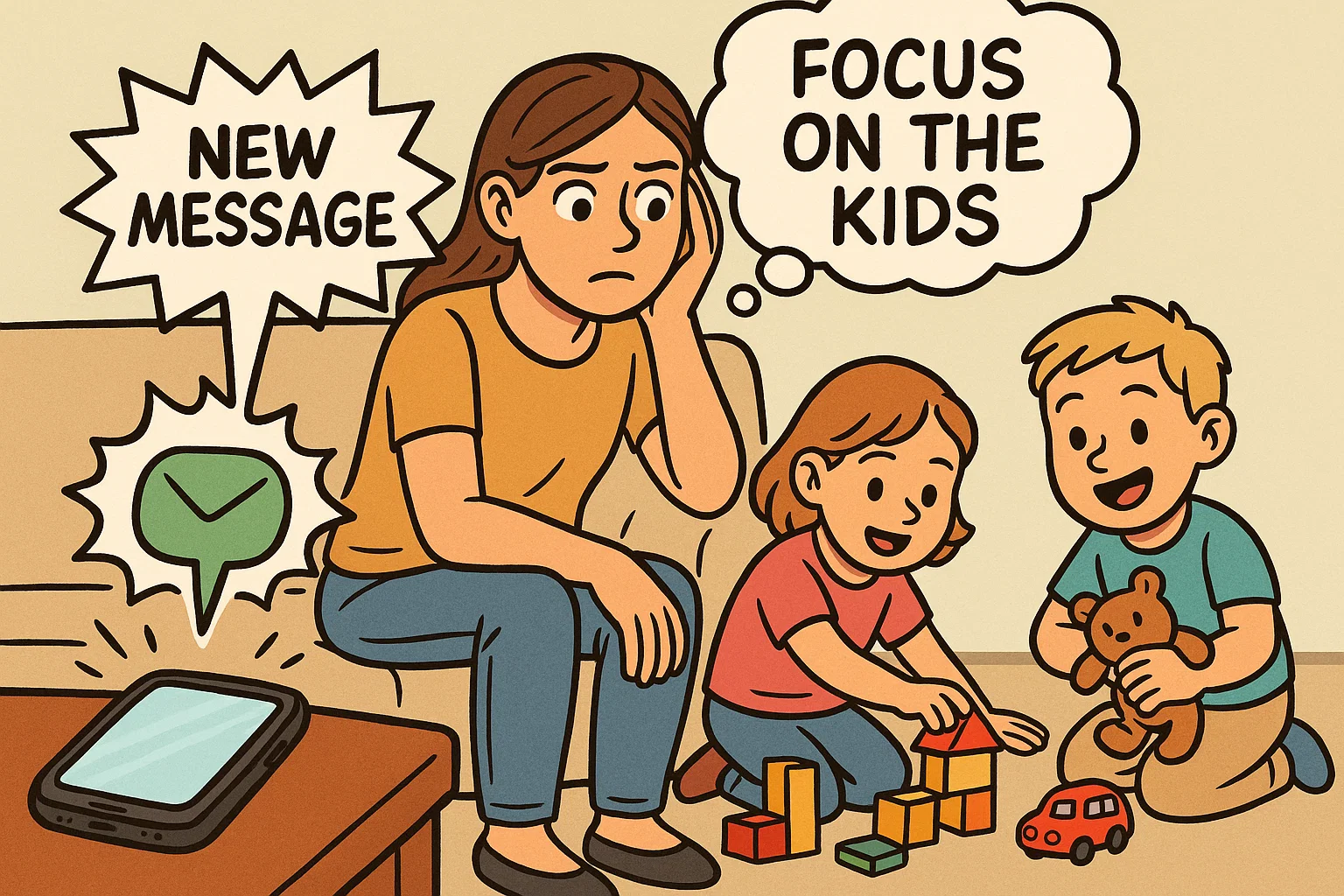
4. Monitor Child Without Distraction
Constant supervision is crucial for child safety and allows you to respond quickly to any situation that may arise.
Limit phone use during care
Keep your mobile device put away except for emergencies or quick communication with parents. Children can get into dangerous situations within seconds, and they also pick up on when caregivers aren’t fully present. Research from Common Sense Media shows that children behave better and feel more secure when they have a caregiver’s undivided attention.
Check the environment for hazards
Regularly scan the play area for potential dangers, especially when caring for younger children. Look for small objects that could pose choking hazards, sharp corners, electrical outlets, or anything that might have been moved since your last visit. Stay particularly vigilant during transitions between rooms or when moving from the playground to indoor spaces.
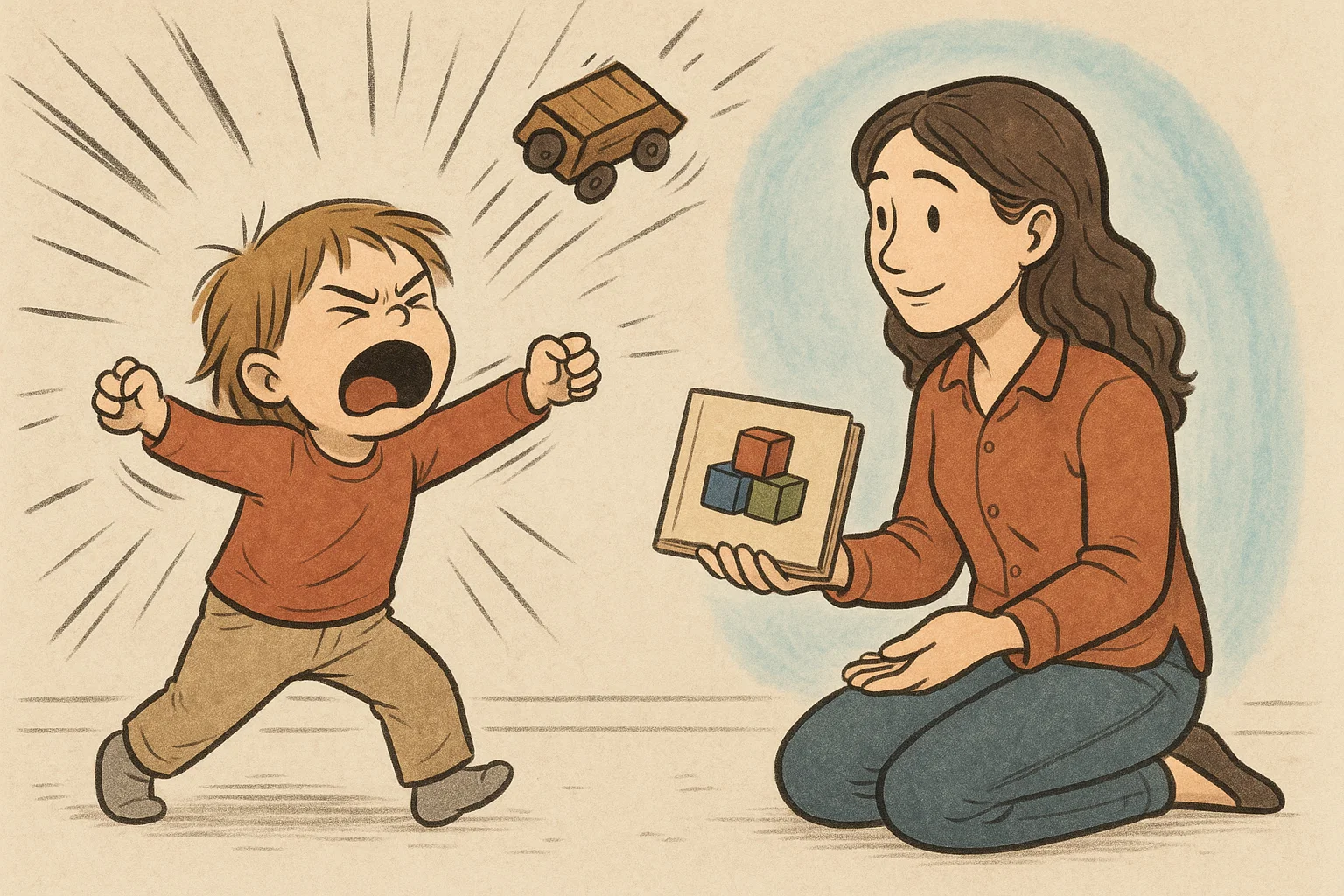
5. Respond Calmly to Difficult Behavior
Maintaining your composure during challenging moments demonstrates professionalism and makes children feel safe, even when they’re struggling with big emotions.
Redirect attention positively
When a child becomes upset or displays challenging behavior, try redirecting their attention to a different game rather than focusing on what they’re doing wrong. For example, if a child is throwing toys, you might say, “Let’s see who can build the tallest tower with these blocks instead.” This technique often works better than confrontation.
Reward good behavior, not demands
Acknowledge and praise positive behavior when you notice it, but don’t give in to demands made through tantrums or whining. When children learn that calm, respectful requests get better results than dramatic outbursts, they’re more likely to communicate appropriately in the future.
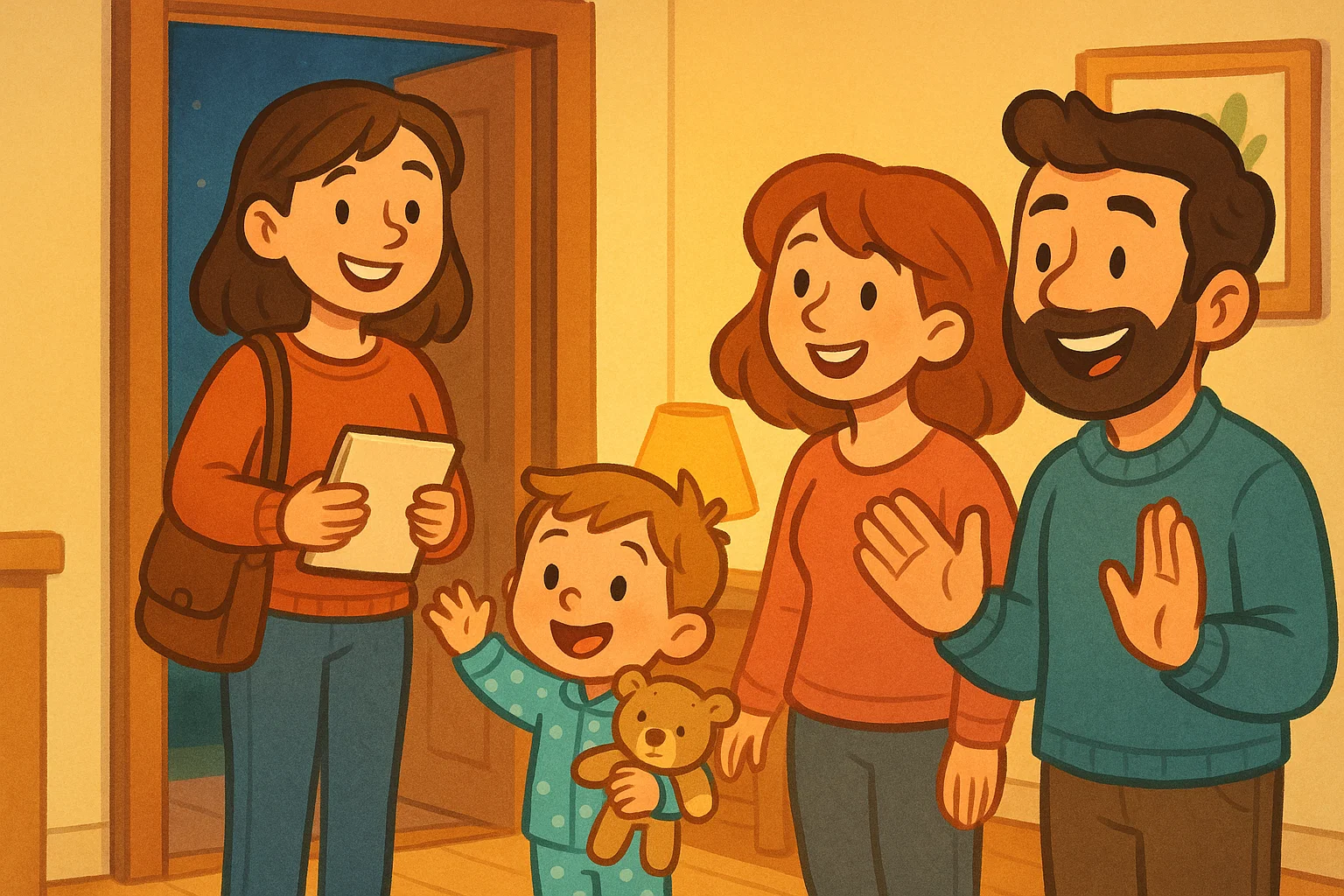
6. Keep Communication Open with Parents
Regular updates make parents feel confident about leaving their children in your care and demonstrate your attentiveness to their child’s needs.
Share summary after the session
Before parents pay you, provide a brief overview of how the time went. Include highlights about the child’s behavior, any games you enjoyed together, meal and snack consumption, and sleep patterns. Parents appreciate knowing their child was happy and well-cared for in their absence.
Inform parents of any incidents
Always tell parents about any injuries, significant behavioral issues, or situations that seem concerning, even if they seem minor. It’s better to over-communicate than to have parents discover something later. If the child gets hurt, explain what happened, how you responded, and what first aid was provided.
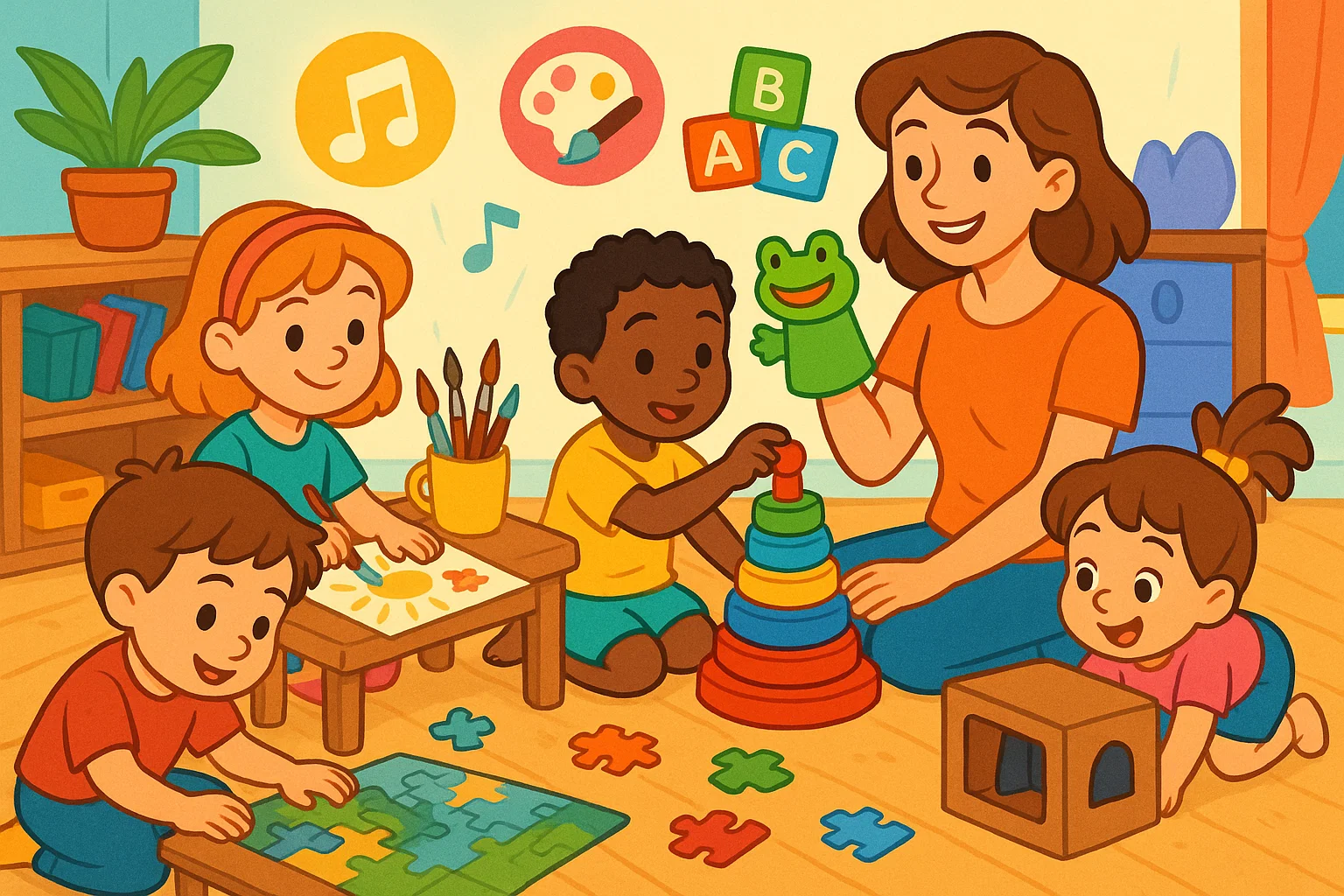
7. Plan Engaging, Age-Appropriate Activities
Well-planned entertainment prevents boredom and behavioral problems while creating positive memories for the children you’re watching.
Rotate activities to maintain interest
Children’s attention spans vary by age, so be prepared to switch between different types of play. Alternate between active games, quiet entertainment, and creative projects to keep energy levels balanced. A typical two-year-old might focus on one game for 10 minutes, while school-age children can usually sustain interest for longer periods.
Include educational elements in play
Incorporate learning opportunities into fun entertainment without making them feel like formal lessons. Count steps while walking upstairs, identify colors during art projects, or practice letters while playing with alphabet blocks. These natural learning moments develop important skills while having fun.
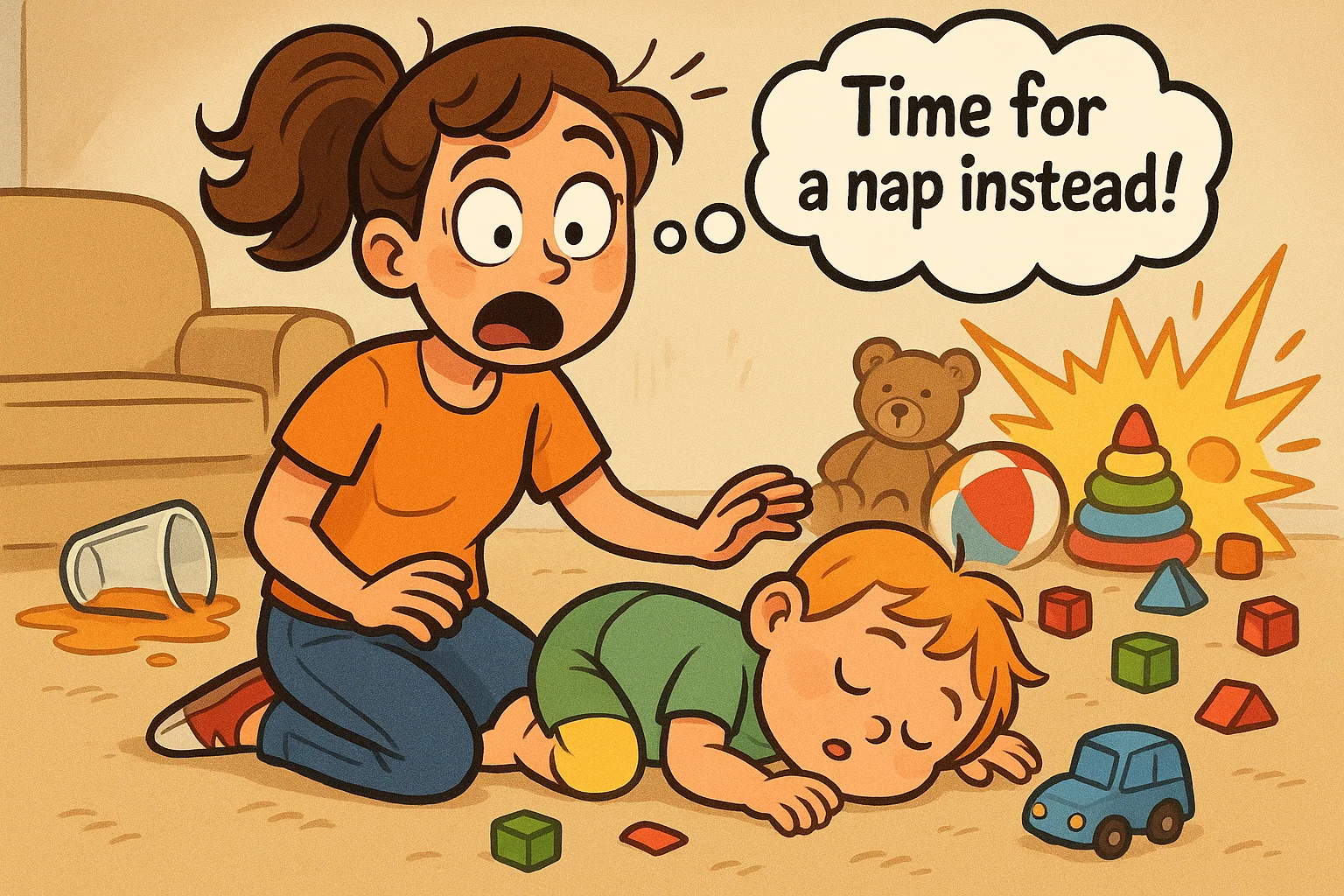
8. Stay Flexible in Unplanned Situations
Adaptability is essential when working with children, as routines and moods can change unexpectedly.
Adjust plans as needed
Be prepared to modify plans based on the child’s needs. If a child is fatigued, they might need an earlier nap. If they’re having a great time with a specific game, it might be okay to extend it slightly. Always prioritize the child’s well-being over strict adherence to the original plan.
Handle delays and changes calmly
Parents may show up early or run late unexpectedly. When this happens, stay calm and flexible. Contact the parents if you need clarification about new arrangements, but don’t express frustration in front of the children. Your professional response to changes shows maturity and reliability.
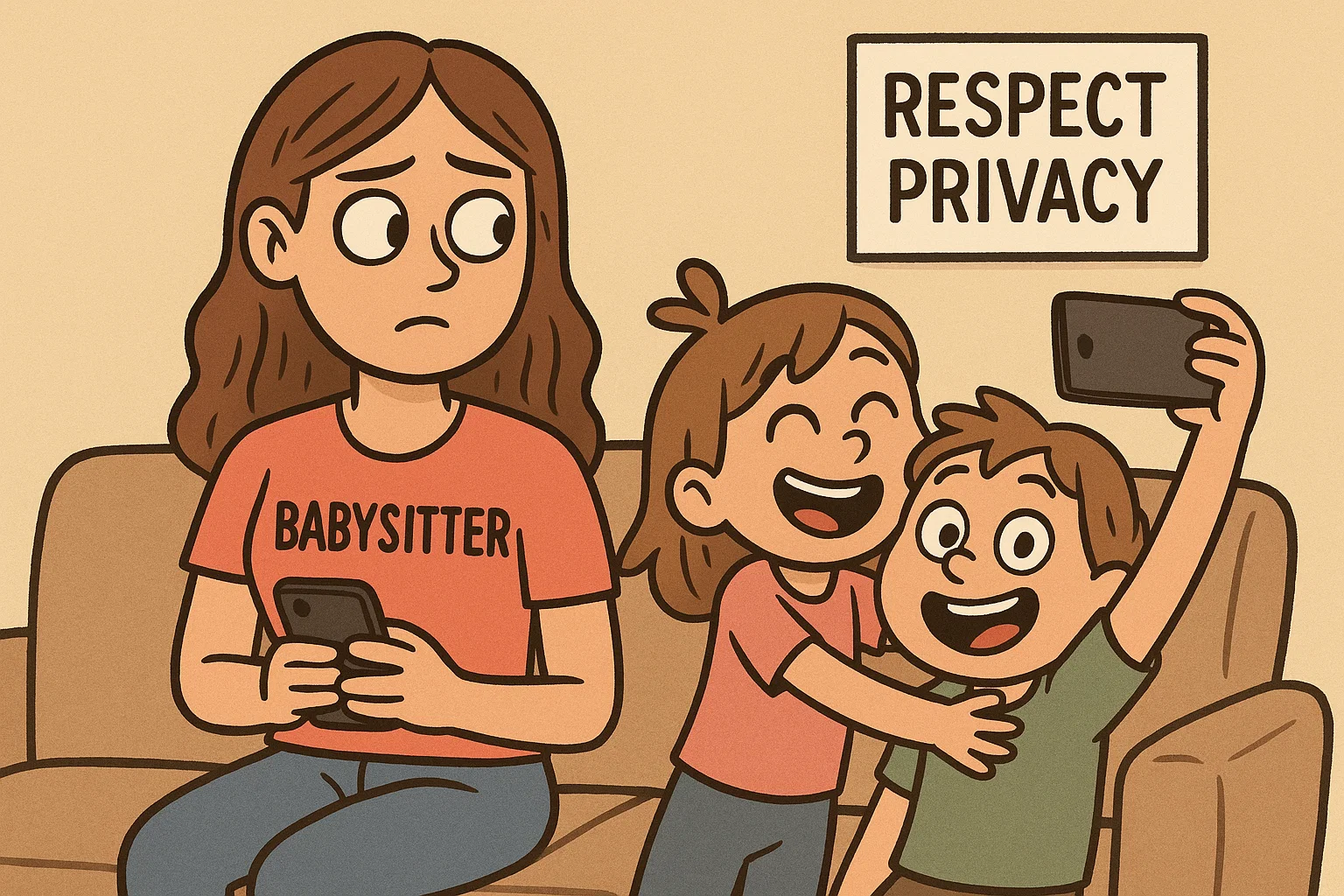
9. Remain Professional in All Interactions
Maintaining professional boundaries and behavior builds trust with families and establishes you as a reliable childcare provider.
Respect privacy and rules
Never share personal information about the family with others, post photos of the children on social media, or go through family belongings. Respect house rules about food, entertainment, and space usage. Professional boundaries protect both you and the family while maintaining trust.
Clarify payment and timing in advance
Discuss your rates and payment before you start babysitting to prevent awkward conversations later. Be clear about your availability, any additional charges for late nights or multiple children, and how you prefer to be paid. This transparency establishes a professional relationship from the start.
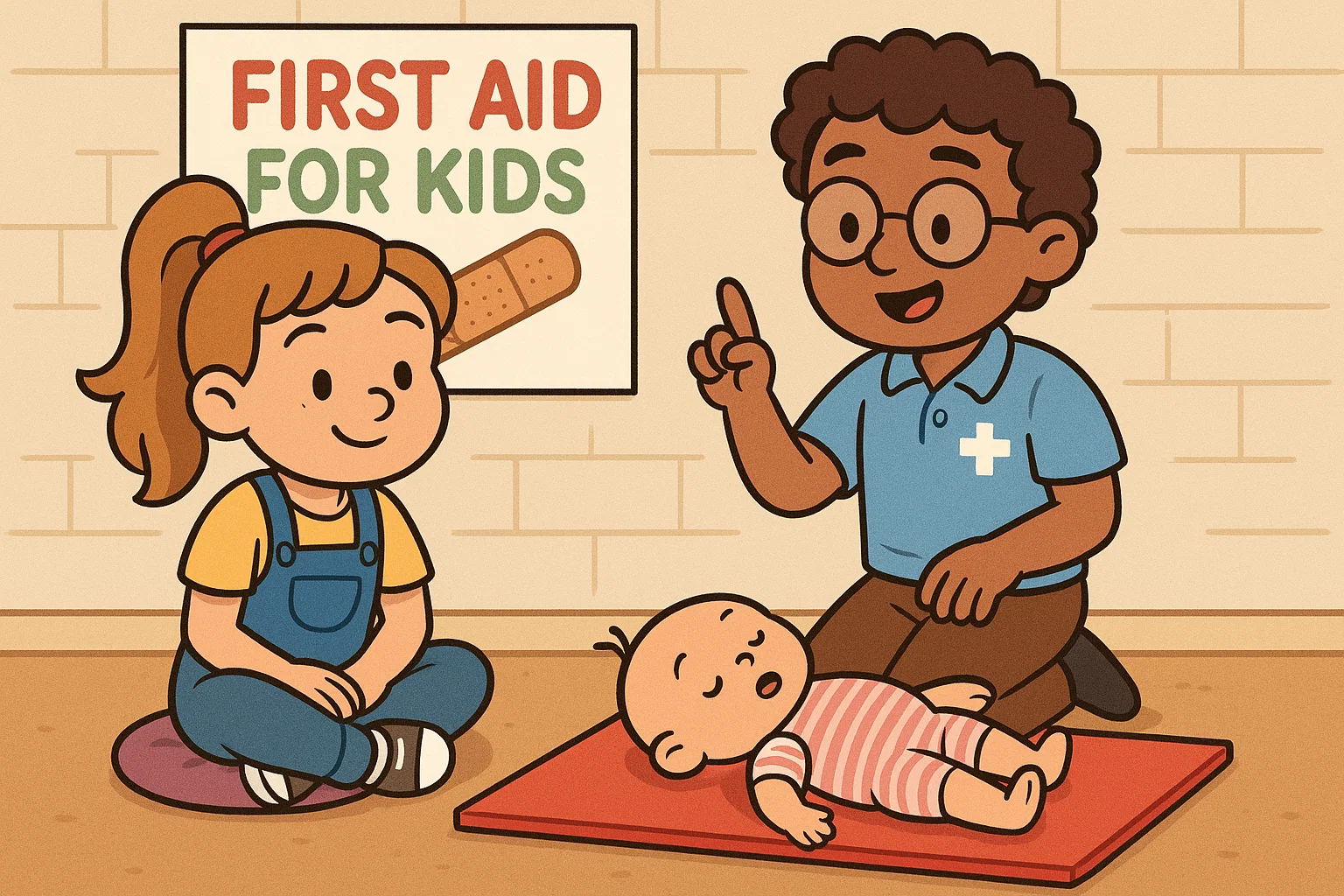
10. Invest in Babysitting Skills Regularly
Continuous learning and skill development make you a more valuable and confident babysitter while opening up additional opportunities.
Get certified in first aid and CPR
First aid and CPR certification demonstrates your commitment to child safety and gives parents peace of mind. Many organizations offer classes specifically designed for babysitters, covering common childhood emergencies and proper response techniques. The American Red Cross reports that certified babysitters are likely to be hired more frequently and can command higher rates.
Learn about child development and behavior
Understanding typical developmental stages sets appropriate expectations and improves your response to children’s needs. A two-year-old’s tantrum requires different handling than a seven-year-old’s resistance to bedtime. Knowledge about child psychology and development makes you more effective at preventing problems and supporting positive behavior.
Essential First Time Babysitting Checklist
If it’s your first time babysitting, here’s a quick reminder of important tips to always be prepared:
Before Parents Leave:
- Agree on house rules and the baby’s routine
- Get emergency contact information
- Confirm pickup time and payment
- Ask about any special instructions
During Your Visit:
- Stay focused on the children (limit phone use)
- Keep kids engaged with age-appropriate games
- Ensure everyone stays safe and secure
- Text parents only if necessary
Common Situations & Solutions:
- Baby won’t stop crying: Try feeding, changing, or gentle rocking
- Kid refuses to go to sleep: Follow the established bedtime routine
- Child asks for a cookie before dinner: Stick to parents’ rules
- Someone gets upset: Stay calm and reassure them
Remember: Good advice comes from experience, but preparation and a positive attitude will make you a trusted babysitter that families want to hire again. Always be prepared for the unexpected, and don’t hesitate to contact parents if you need guidance.
By following these comprehensive babysitting tips, you’ll build confidence in your childcare abilities while creating positive experiences for both children and their parents. Remember that every child is unique, and successful babysitting requires patience, flexibility, and genuine care for the children you’re watching. With practice and continued learning, you’ll develop the skills needed to become a trusted and sought-after babysitter in your community.
Frequently Asked Questions for New Babysitters
What are the most important things to do when I first arrive?
Being punctual is key—aim to arrive a few minutes early. This shows professionalism and gives you time to connect with both the parents and the child before they leave. Use this time to ask questions about the routine, know the rules for the house, and confirm where things like snacks and first-aid supplies are. When you come prepared like this, you’ll gain confidence right from the start.
How much should I text the parents while I'm there?
This is a great question about good communication. Generally, it’s a good idea to send one quick text with a positive update, like a photo of a fun activity, to reassure them. However, you should keep your phone put away for the most part to focus on the child. If a non-urgent question comes up, it can usually wait until the parents come home. For any real emergency, always call immediately.
What are some easy ways to entertain kids of different ages?
The best way to entertain kids is to engage the child in simple, fun activities. For preschoolers, classics like building with blocks, using sidewalk chalk outside, or having you read a book are always hits. For older children, you might play games like cards or board games. The goal isn’t to be a formal teacher, but you can naturally teach kids things through playtime.
How can I best be prepared for emergencies?
Being prepared for emergencies is a core part of providing great child care. Before the parents leave, always ask for a list of emergency numbers and confirm the home address. It’s also vital to ask about any medical issues or allergies. Having this information handy ensures you can keep the kids safe and healthy and handle any situation calmly. This is a non-negotiable part of care and safety.
What if a child won't listen or refuses to go to bed?
This is a common challenge, especially for new babysitters. The best approach is to be both firm and empathetic. Calmly remind them of the rules the parents shared with you (“Your mom said it’s time to go to bed now”). Acknowledge their feelings (“I know it’s more fun to play, but it’s important to rest”). Sticking to the established routine consistently is what makes a good babysitter effective.
I really enjoy this! What's the difference between a sitter and a nanny?
That’s wonderful! If you’re loving your babysitting experience, you might be interested in more regular roles. A sitter typically provides occasional child care for a few hours. A nanny (or someone nannying) usually has a more consistent, long-term schedule, such as providing after-school care. Their role might be more involved, becoming a regular part of the family’s routine.
